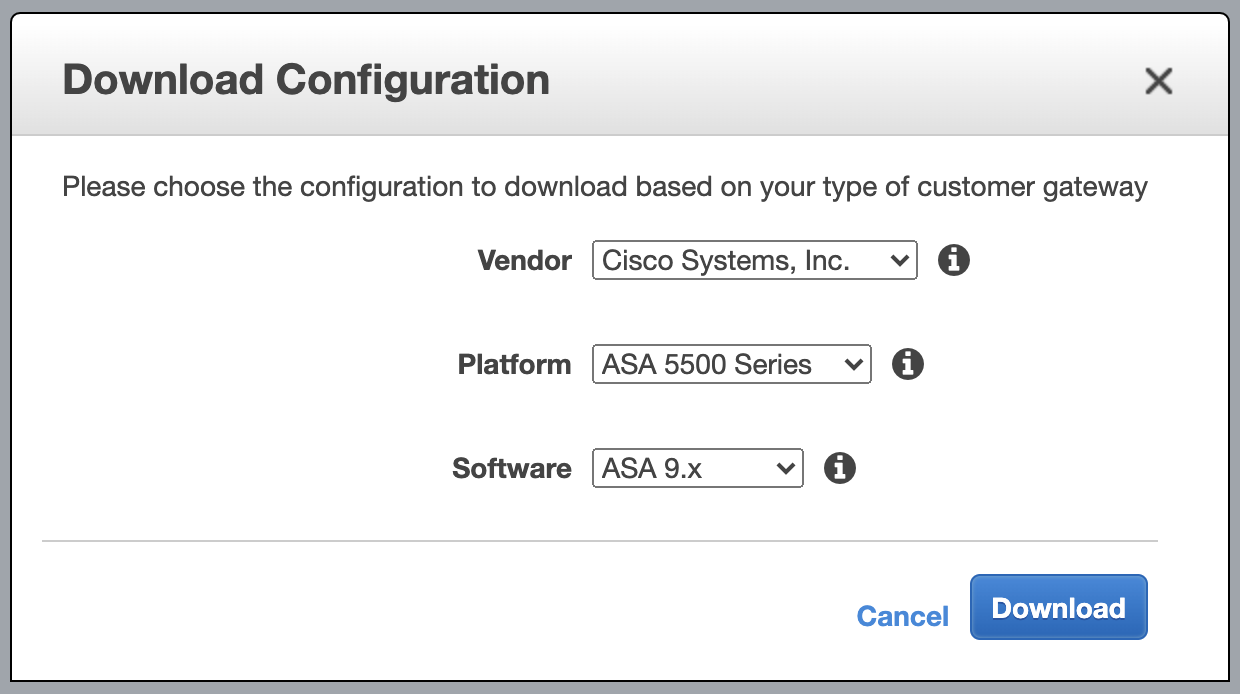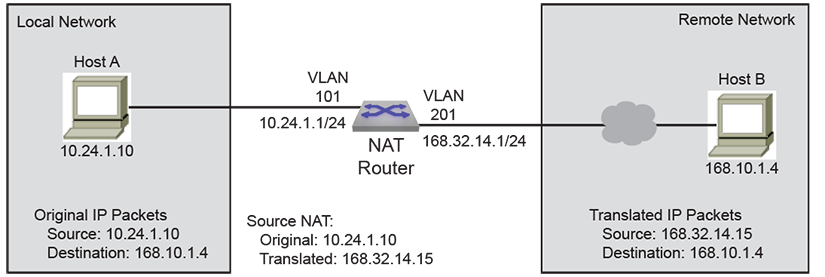

- #Cisco asav platform type has not been configured how to#
- #Cisco asav platform type has not been configured mac#
- #Cisco asav platform type has not been configured windows#
Review the policy values in the right side of the console:Įrror: The Meraki cloud is having difficulty connecting to your RADIUS server. Prioritize the policy by right-clicking the policy you created and selecting Move up, placing the policy above any existing deny policies. On Completing New Network Policy, click Finish. For Auto Remediation uncheck the box Enable auto remediation on client computers and click Next. On Configure Settings, find the section Network Access Protection, then select NAP Enforcement. Click No when the Connection Request Policy help pop-up appears. On Configure Authentication Methods make sure Unencrypted authentication (PAP, SPAP) is the only method checked and click Next. On Specify Access Permission select Access granted and click Next.  Click OK, Review the conditions, then click Next. On Specify Conditions, click Add and append Windows Group > Domain Users group from the Windows Active Directory domain, then click OK. On the Specify Network Policy Name and Connection Type create a Policy name and verify Unspecified is selected in the "Type of network access server:" drop-down. Right-click Network Policies and select New. From the Network Policy Server console, navigate to NPS > Policies > Network Policies.
Click OK, Review the conditions, then click Next. On Specify Conditions, click Add and append Windows Group > Domain Users group from the Windows Active Directory domain, then click OK. On the Specify Network Policy Name and Connection Type create a Policy name and verify Unspecified is selected in the "Type of network access server:" drop-down. Right-click Network Policies and select New. From the Network Policy Server console, navigate to NPS > Policies > Network Policies. The following instructions explain how to configure a network policy in NPS
Repeat these steps for each of the dashboard's IP addresses, as specified on the Access Control page in the dashboard:. This needs to be the same for each RADIUS client you add.  Shared secret: Secret configured in the RADIUS server value in the dashboard (used in step 8 of the dashboard configuration). IP address: The IP ranges used by the dashboard (gathered in step 9 of the dashboard configuration). Friendly name: Unique identifier for this client. Fill out the fields in the New RADIUS Client window. Right-click RADIUS clients and select New RADIUS client. In the Network Policy Server console, navigate to NPS > RADIUS clients and Servers > RADIUS clients. Click on Network Policy Server when it appears in the list. From the desktop of your Windows 2008 server, click Start > Administrative Tools. Since access request messages for a sign-on splash page are sourced from the dashboard, NPS must be configured to allow incoming requests from the dashboard's IP addresses: If these values are set to 0, the dashboard will set the bandwidth limit to unlimited.Īdding the Dashboard as a RADIUS Client in NPS If these values are not present, the dashboard will use the bandwidth limits that the user set on the dashboard traffic-shaping page as a default.
Shared secret: Secret configured in the RADIUS server value in the dashboard (used in step 8 of the dashboard configuration). IP address: The IP ranges used by the dashboard (gathered in step 9 of the dashboard configuration). Friendly name: Unique identifier for this client. Fill out the fields in the New RADIUS Client window. Right-click RADIUS clients and select New RADIUS client. In the Network Policy Server console, navigate to NPS > RADIUS clients and Servers > RADIUS clients. Click on Network Policy Server when it appears in the list. From the desktop of your Windows 2008 server, click Start > Administrative Tools. Since access request messages for a sign-on splash page are sourced from the dashboard, NPS must be configured to allow incoming requests from the dashboard's IP addresses: If these values are set to 0, the dashboard will set the bandwidth limit to unlimited.Īdding the Dashboard as a RADIUS Client in NPS If these values are not present, the dashboard will use the bandwidth limits that the user set on the dashboard traffic-shaping page as a default. 
See RFC 4679: vendor-specific (set vendor-Id 3561). The values are the maximum rate in bits/second.
Maximum-Data-Rate-Upstream/M aximum-Data-Rate-Downstream: These are used to impose bandwidth limits and are only used in Access-Accept packets. This attribute is ignored if RADIUS accounting is not enabled on the network. If the user does not transfer any data on the network for this amount of time, the user's session will end and they will need to log in (authenticate) again using their username and password. Idle-Timeout: This is the idle timeout in seconds. After that time, the user will need to log in (authenticate) again using their username and password. Session-Timeout: This is the maximum time in seconds that the given user's session will last. The following attributes are honored by Cisco Meraki when received in an Access-Accept or Access-Reject message from the RADIUS server to the dashboard: Calling-Station-ID : Contains the MAC address of the wireless device (all caps, octets separated by hyphens). Example: "AA-BB-CC-DD-EE-FF". These two fields are separated by a colon. Example: "AA-BB-CC-DD-EE-FF:SSID_NAME" Called-Station-ID: Contains (1) the MAC address of the Meraki access point (all caps, octets separated by hyphens) and (2) the SSID on which the wireless device is connecting. Note:Please refer to RFC 2865for details on these attributes additional notes for certain attributes are included below.








 0 kommentar(er)
0 kommentar(er)
